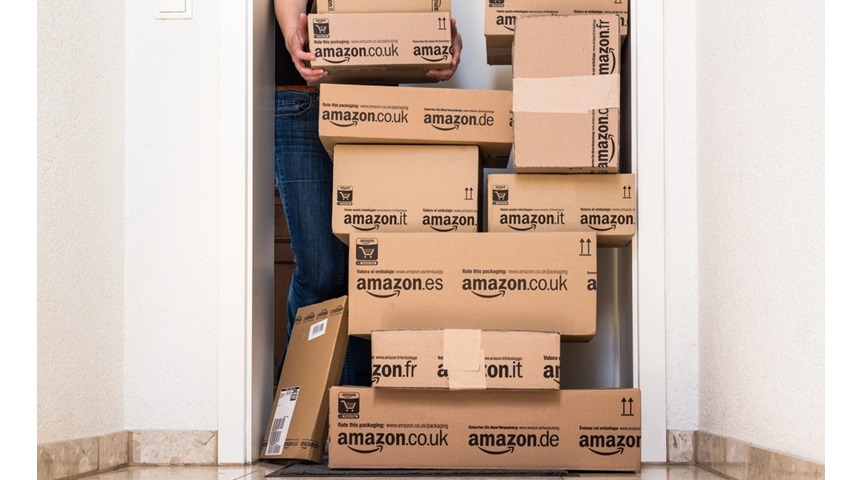By now most everyone in the furniture industry has heard of “the Amazon effect.” For those who haven’t, it refers to the impact that Amazon’s speed has had on consumer delivery expectations, whether the product is a toothbrush or a table, a book or a bedroom set, a sofa or a pair of sandals.
While those in the furniture business know that all things are not equal when it comes to delivery, the average consumer neither knows nor cares. If Amazon can deliver in a day, then everyone else is expected to match that or risk losing out to the e-tail giant.
By last count, Amazon’s furniture and bedding sales topped $12.5 billion, more than double what they were when the e-tailer introduced its first two proprietary furniture lines in 2017. For those keeping score that’s just a touch over 10% of the total U.S. business.
But this column isn’t about Amazon.
It’s about furniture retailers having to deal with expectations created by those outside their own four walls and even outside this industry. At a time when communication is instantaneous and the world is reduced to the size of a cellphone screen, consumers can find inspiration in Italy as easily as Illinois, can find trends in Paris as easily as Portland and can find product from Stockholm as easily as south Florida.
Similarly, when a consumer walks into a furniture store or shops its site, they’re bringing along expectations — some conscious, some unconscious — that were created by other similar experiences. They’re not saying, “Is this furniture store as nice as the other one we just shopped at”. In today’s world, they may only visit one store.
What they are more likely to do is compare that experience with other shopping experiences they’ve had, for furniture, fashion, candy, shoes, sporting goods or even groceries. Is the store as clean as they expect? Can they find what they want easily? Is it fun, enticing, entertaining?
If they saw something new and exciting in a magazine or on social media, will they find it or something comparable in the store? Is there a chance for discovery as they shop? Do they enjoy having someone walk them around the store making suggestions? When they leave will they talk to friends and family about what a great experience they had?
A “no” answer to any of these questions may not be fatal, but in today’s hyper-challenging business environment it can mean the difference between sales growth or decline. It’s not enough today to meet consumer expectations. It is critical to exceed them.
And it is equally important to remember those expectations are built across the full spectrum of consumer experiences both online and in person. For those looking to weather the storm and thrive in the next era of retail — and make no mistake we’re in a period of great evolutionary change at retail — the ability to recognize what expectations consumers bring into your store will be critical.
What are you doing to exceed your consumers’ expectations? We’d love to hear your stories.
